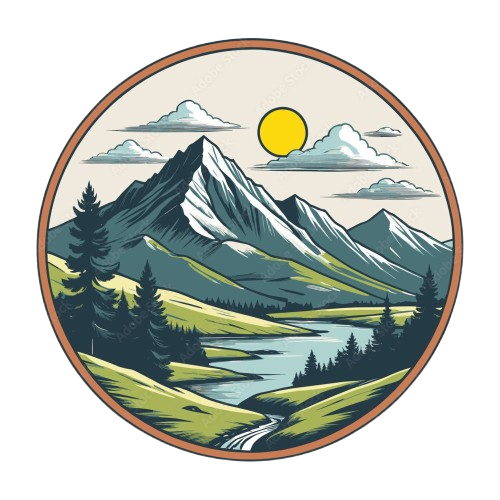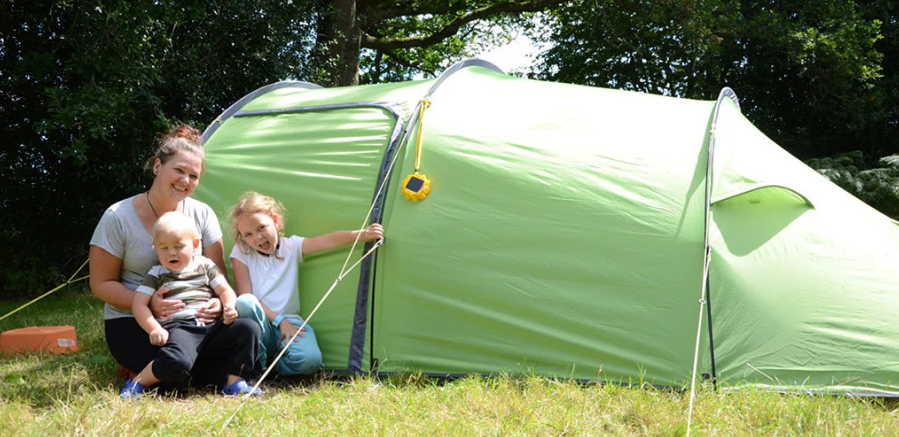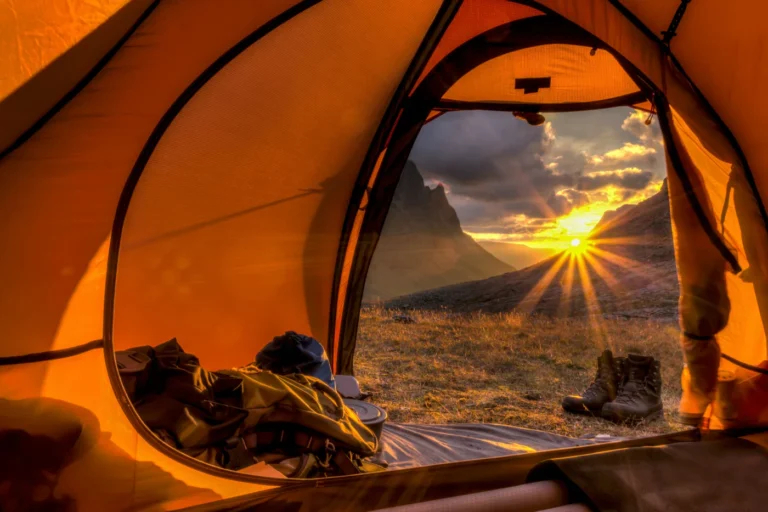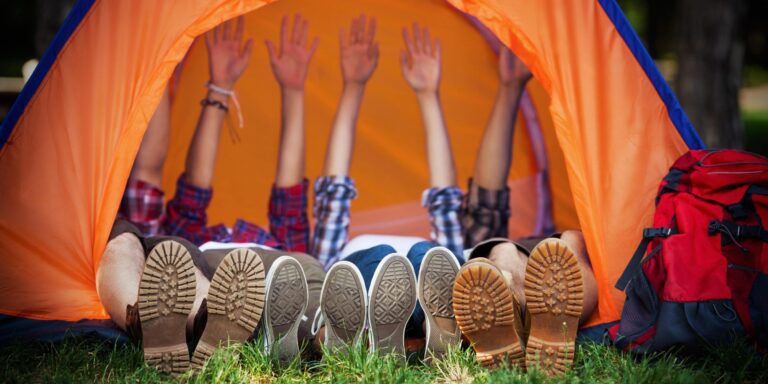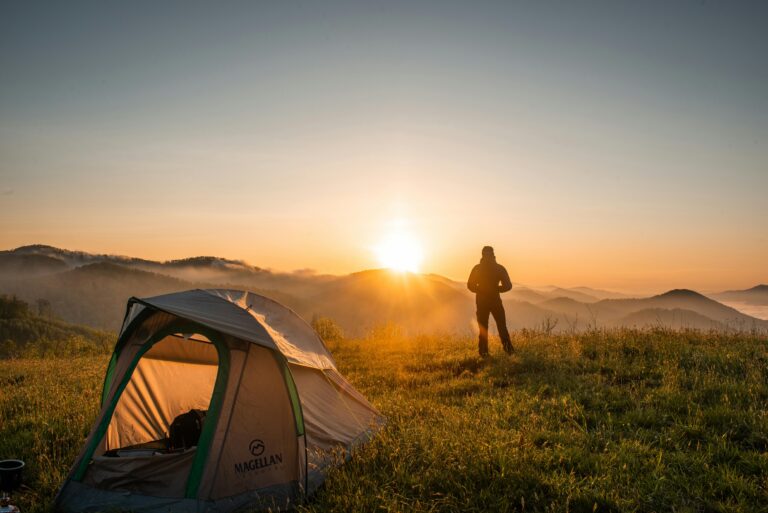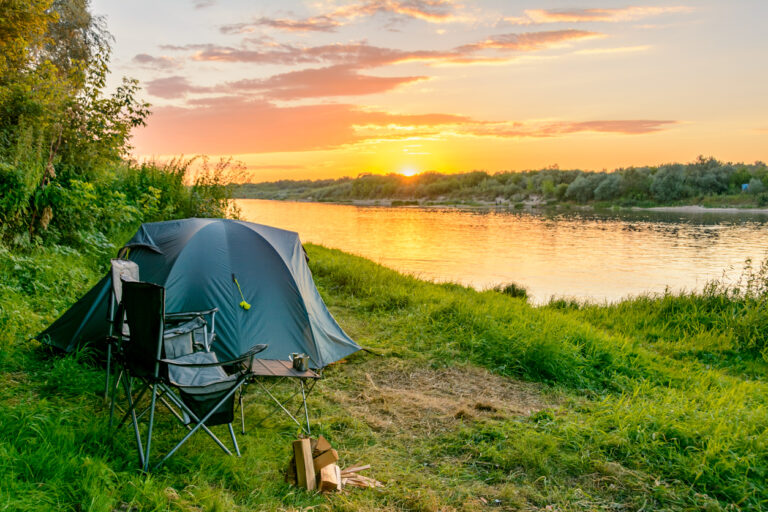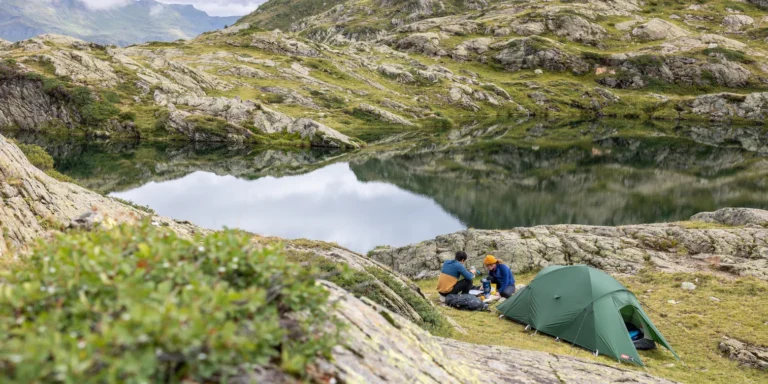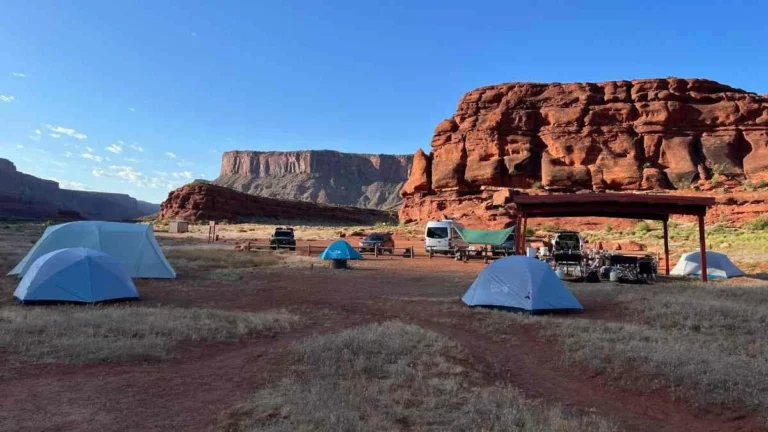What Am I Going to Need to Go Camping? A Manual for Comfort in the Great Outdoors
Camping is a great way to get back in touch with nature and escape the hustle and bustle of everyday life. But let’s face it, a peaceful getaway can quickly degenerate into an uncomfortable situation if the proper equipment and planning aren’t in place. This handbook can help with that. This is your guide to comfortable camping so you can concentrate more on creating memories and less on worrying about what you forgot.
1. The Basics: Shelter and Sleeping Essentials
Your tent and sleeping setup are the foundation of your comfort.
- Tent: Choose a tent that matches your group size and expected weather. A three-season tent is perfect for most trips, while a four-season tent is better for harsher conditions.
- Ground tarp/footprint: Protects the bottom of your tent from moisture and sharp rocks.
- Sleeping bag: Match the temperature rating of your bag to the expected conditions. Consider a down-filled bag for warmth or synthetic for damp conditions.
- Sleeping pad or air mattress: Insulates you from the cold ground and adds comfort. Foam pads are light, while inflatable pads are cushy.
- Pillow: Don’t overlook this small luxury—either bring a camp pillow or pack a pillowcase to stuff with clothes.
Comfort Tip: Practice pitching your tent at home before heading out to avoid frustration at the campsite.
2. Furniture for Camp Comfort
Sitting on the ground sounds fun until you’ve done it for three hours. Bring along:
- Camping chair: Lightweight folding chairs are a game-changer around the fire.
- Portable table: If your campsite doesn’t have a picnic table, a folding one will make meals easier.
- Hammock: Perfect for lounging in the afternoon.
3. Cooking Gear and Food Supplies
Food is the heart of comfort while camping—there’s nothing like a warm meal under the stars.
- Camp stove or portable grill: Reliable and quick, especially if open fires aren’t allowed.
- Fuel and lighter/matches: Always pack extras.
- Cookware: A pot, frying pan, and kettle will cover most meals.
- Utensils: Don’t forget spatulas, tongs, knives, and eating utensils.
- Plates, mugs, and bowls: Lightweight and reusable options are best.
- Cooler and ice packs: Keeps food fresh and beverages cold.
- Dishwashing kit: Biodegradable soap, sponge, and a basin for cleanup.
Comfort Tip: Pre-plan meals and prep ingredients at home. It reduces stress and ensures you won’t forget essentials like oil or spices.
4. Clothing for All Conditions
Even in summer, nights can get chilly. Layering is key.
- Base layers: Moisture-wicking fabrics keep sweat away.
- Insulating layers: Fleece or down jackets for warmth.
- Outer layer: A waterproof and windproof jacket.
- Footwear: Sturdy hiking boots plus comfortable camp shoes or sandals.
- Accessories: Hats, gloves, and extra socks are worth the space.
5. Lighting and Power
A dark campsite can feel disorienting—bring plenty of light.
- Headlamp: Hands-free and essential for nighttime tasks.
- Lanterns: Great for lighting up your campsite or inside the tent.
- Spare batteries/portable power banks: Keep your gear charged, especially phones and GPS.
6. Hygiene and Health Essentials
Staying fresh and clean adds a big comfort boost.
- Biodegradable soap and shampoo
- Toothbrush and toothpaste
- Quick-dry towel
- Hand sanitizer and wet wipes
- First-aid kit: Bandages, pain relievers, tweezers, and personal medications.
- Bug spray and sunscreen
Comfort Tip: A small camping shower or solar shower bag can make a long trip feel like luxury.
7. Entertainment and Extras
Comfort isn’t just about survival—it’s also about enjoyment.
- Books or e-reader
- Cards or board games
- Portable speaker (keep volume campsite-friendly)
- Binoculars or camera for wildlife watching
- Journal to record your experience
8. Safety and Navigation
Being comfortable also means feeling secure.
- Map and compass (or GPS): Technology fails—always have a backup.
- Multi-tool or knife
- Fire extinguisher or fire blanket (small, portable ones exist for camping)
- Whistle and flashlight for emergencies
9. Campsite Setup for Maximum Comfort
- Pitch your tent on level, dry ground.
- Set up a shaded area with a tarp or canopy.
- Keep your kitchen and food storage away from sleeping areas.
- Create a “living space” with chairs around the fire for relaxation.
10. The Comfort Mindset
Finally, remember that comfort isn’t only about gear—it’s about mindset. Be prepared, stay flexible, and embrace the small imperfections of outdoor living. After all, a little dirt on your shoes is part of the adventure.
Final Thoughts
Camping doesn’t have to mean roughing it. With the right gear and a bit of planning, you can turn your campsite into a comfortable retreat where nature and relaxation meet. Think of this manual as your checklist for comfort, ensuring your trip is filled with good sleep, hearty meals, and cozy evenings by the fire.
So pack smart, stay comfortable, and let the outdoors do the rest.
